Imagine stepping into your garden on a sunlit morning, greeted by the delicate dance of butterflies flitting from flower to flower. Whether you’re a budding gardener just starting to sow your first seeds or a seasoned horticulturist with years of experience under your belt, creating a vibrant haven for these winged wonders is not only rewarding but achievable. “Best Flowers for Attracting Butterflies” is your gateway to crafting a garden that buzzes with life and color, bringing joy to your outdoor space and contributing to the ecosystem.
This guide is packed with curated plant selections that will transform any patch of land into a butterfly paradise, no matter your level of expertise. You’ll discover the practical benefits of choosing the right blooms, from enhancing pollination in your garden to supporting local biodiversity. With a blend of beauty and utility, these flowers promise to make your gardening journey not only successful but also deeply satisfying. Dive in with confidence, knowing that each plant on this list is a step towards a more enchanting garden experience.
Butterfly Bush (Buddleja davidii)
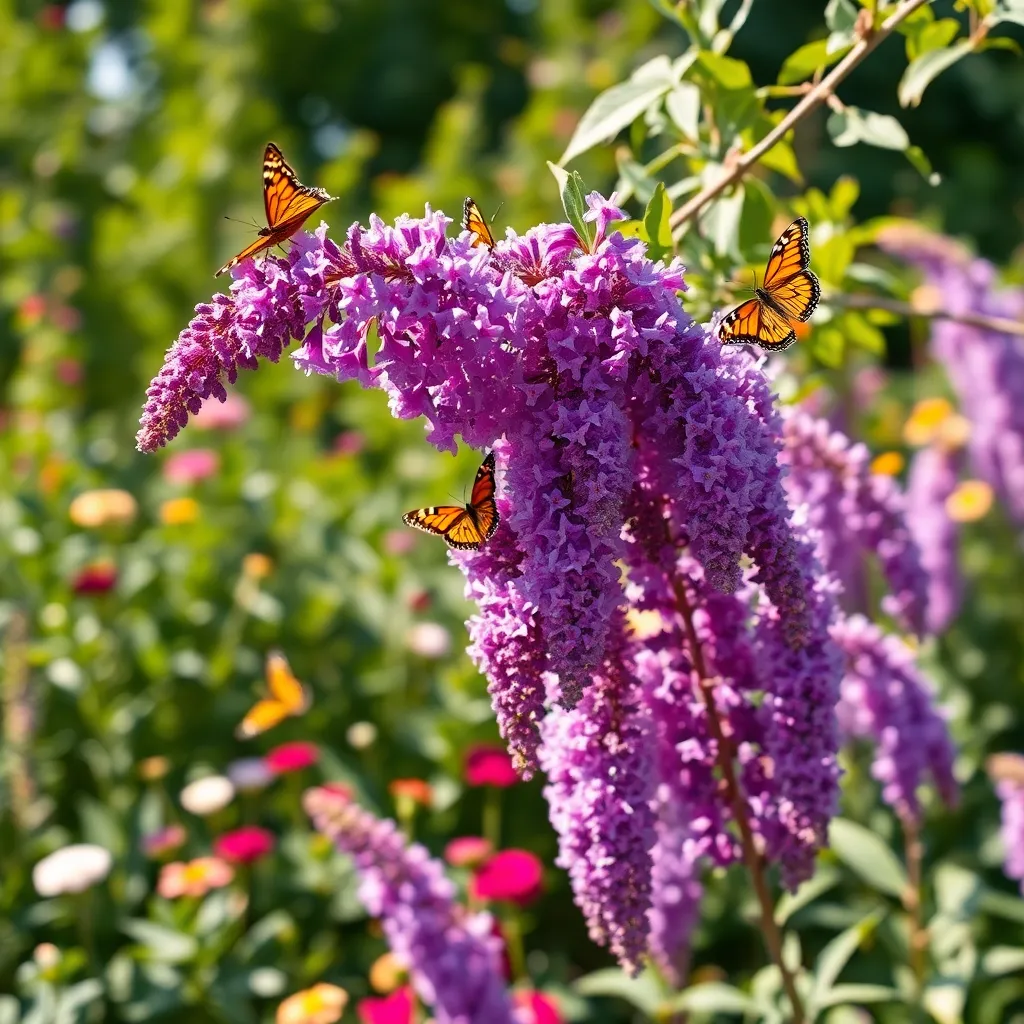
The Butterfly Bush, or Buddleja davidii, is a must-have for any gardener looking to attract butterflies. This hardy perennial is known for its fragrant, colorful blooms that appear from midsummer to fall, making it an ideal choice for extended butterfly visits.
Begin by planting your Butterfly Bush in a location with full sun to encourage optimal flowering. Ensure the soil is well-drained, as these plants do not tolerate waterlogged conditions and thrive best in slightly alkaline to neutral soil.
Water your Butterfly Bush thoroughly when planting, but once established, it is relatively drought-tolerant. During the growing season, a deep watering once a week is typically sufficient, particularly in dry climates.
For those looking to maximize growth and blooms, consider applying a balanced, slow-release fertilizer in early spring. Pruning is another crucial step; cut back the plant in late winter or early spring to promote new growth and a bushier appearance.
Gardeners in colder regions should mulch around the base of the plant to protect it from harsh winter conditions. With the right care, your Butterfly Bush can become a thriving centerpiece in your garden, providing a vibrant display and a delightful habitat for butterflies.
Coneflower (Echinacea purpurea)
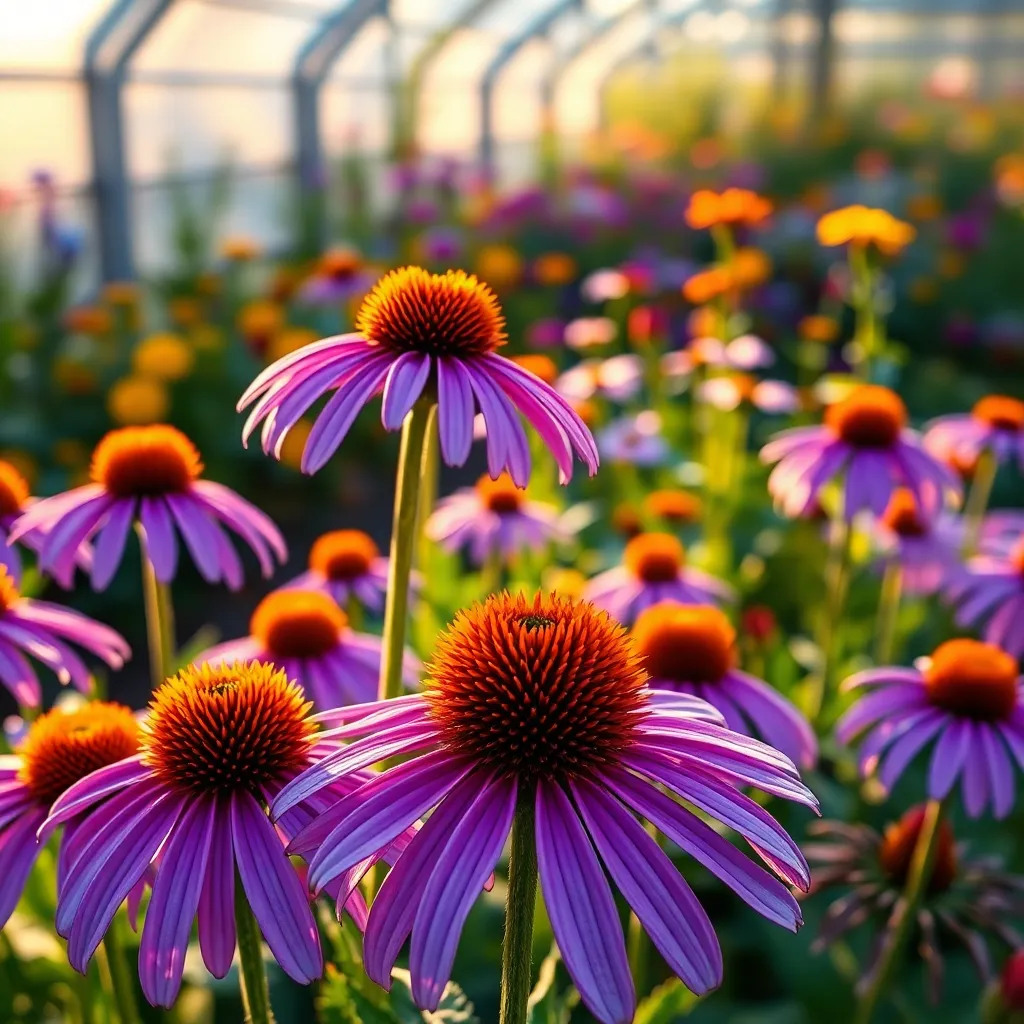
Coneflowers, also known as Echinacea purpurea, are a fantastic choice for attracting butterflies to your garden. These vibrant perennials are not only visually appealing but also low-maintenance, making them ideal for both novice and seasoned gardeners.
To ensure your coneflowers thrive, plant them in well-draining soil and a location that receives full sun for at least six hours a day. They are drought-tolerant once established, which means you can enjoy their beauty without constant watering.
Water young coneflowers regularly to help them establish a strong root system, but be careful not to overwater as this can lead to root rot. Once matured, these plants require watering only during prolonged dry spells, making them a resilient addition to your garden.
For gardeners looking to encourage more blooms, consider deadheading spent flowers throughout the growing season. This practice not only promotes more flowers but also keeps the plants looking tidy and healthy.
Lantana (Lantana camara)
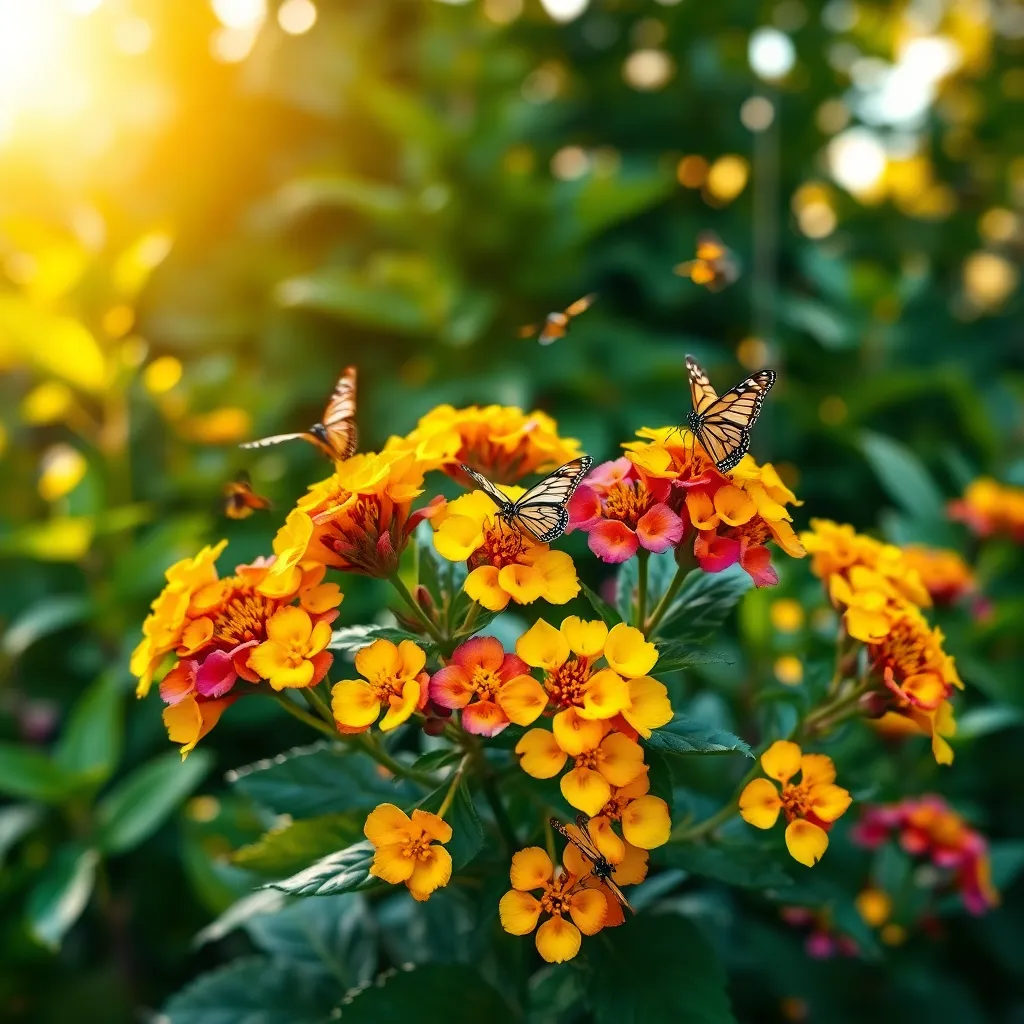
Lantana (Lantana camara) is a vibrant choice for gardeners looking to attract butterflies with minimal effort. These hardy perennials are renowned for their clusters of brightly colored flowers that draw in a variety of pollinators.
To cultivate Lantana successfully, plant them in well-draining soil exposed to full sun for at least six hours a day. Ensure the soil is moderately fertile, and consider adding compost during planting to boost nutrient levels.
Water newly planted Lantana regularly until they establish, after which they become quite drought-tolerant. For established plants, it’s best to let the soil dry out between waterings, making Lantana a great option for low-water gardens.
Pruning in early spring encourages bushier growth and more blooms throughout the growing season. If you wish to propagate Lantana, take cuttings in late summer, root them in a moist, well-draining mix, and keep them in a bright spot indoors until spring.
Milkweed (Asclepias tuberosa)
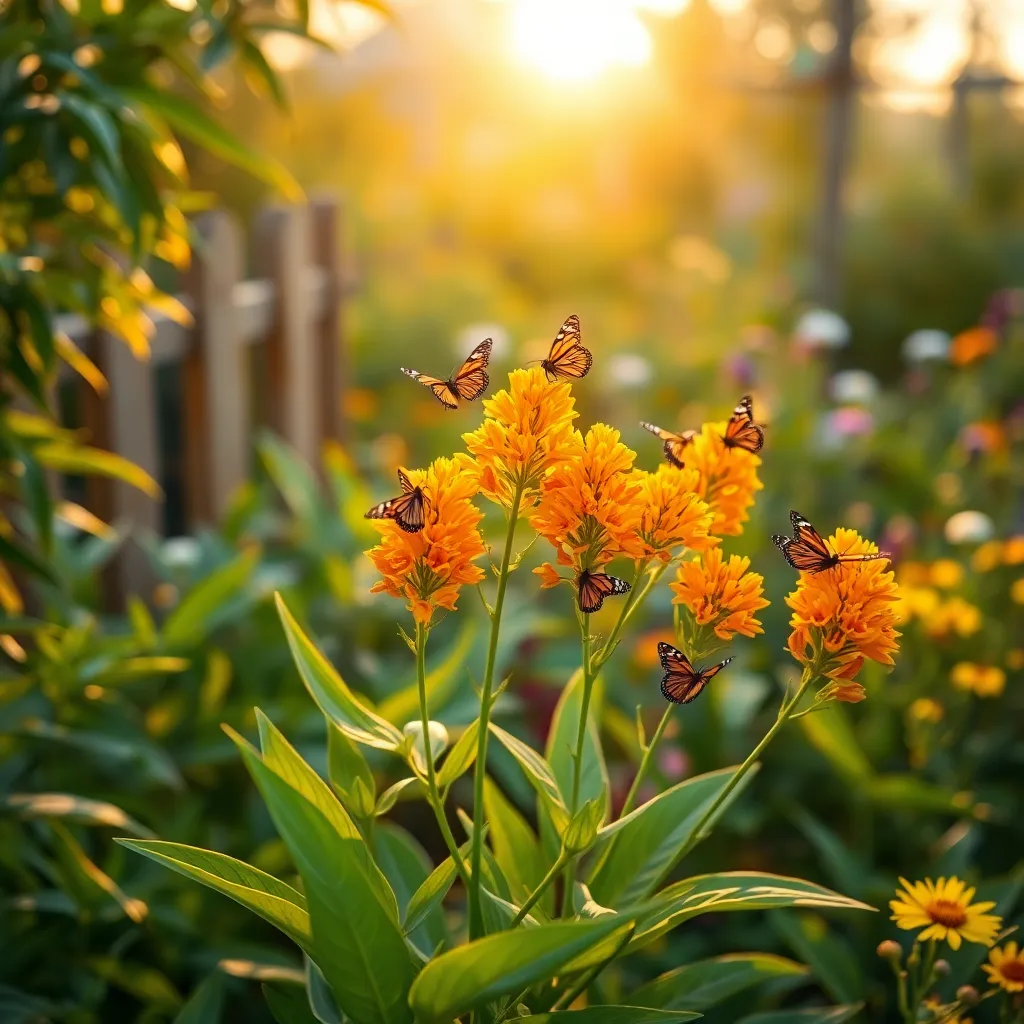
Milkweed (Asclepias tuberosa) is a vibrant, butterfly-attracting perennial that is essential for the life cycle of monarch butterflies. Known for its bright orange blooms, this plant not only provides nectar but also serves as a host for monarch caterpillars.
To successfully grow milkweed, choose a location with full sun, as it thrives in bright light. Ensure the soil is well-draining; sandy or rocky soils are ideal, but milkweed is adaptable to other soil types as long as they don’t retain too much moisture.
Water your milkweed sparingly once established; overwatering can lead to root rot. During the growing season, water deeply once every week, especially in hot, dry weather, to encourage deep root growth.
For those looking to expand their butterfly gardens, consider planting multiple milkweed plants to increase their impact. Deadhead spent blooms to encourage further flowering and prevent unwanted self-seeding, unless you wish to let the plant naturalize in your garden.
Verbena (Verbena bonariensis)
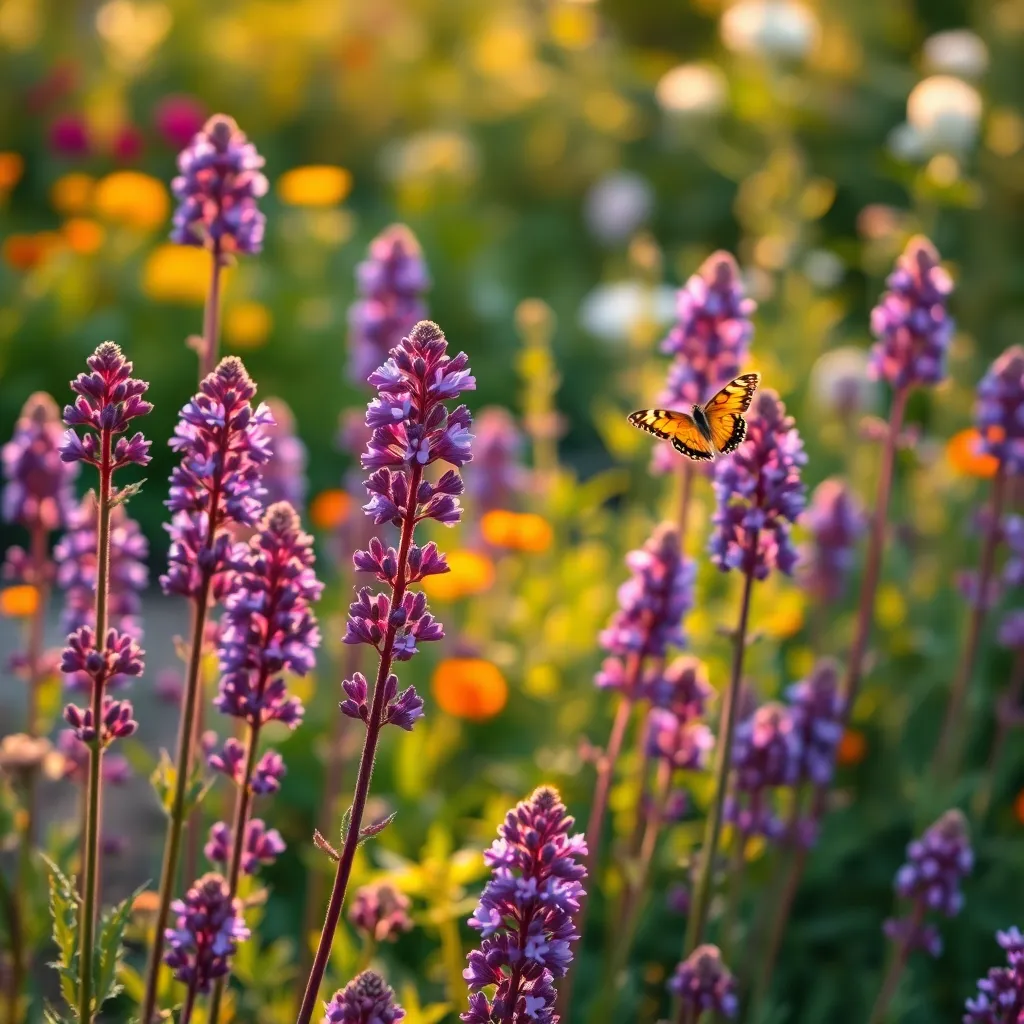
Verbena bonariensis, commonly known as tall verbena, is a stunning plant that butterflies absolutely adore. Its clusters of small, purple flowers are held on tall, slender stems, creating a beautiful and airy addition to any garden.
To successfully grow Verbena bonariensis, plant it in a location that receives full sun, as this will encourage the best blooms. It thrives in well-drained soil, so consider mixing in some sand or gravel if your garden soil is heavy or clay-like.
Watering is crucial during the dry summer months, but be careful not to overwater, as verbena prefers slightly dry conditions. A deep watering once a week should suffice, allowing the soil to dry out between waterings.
For those looking to extend the blooming period, deadheading spent flowers can promote further blooming. Additionally, this plant is quite resilient and can be propagated through seed collection, allowing you to enjoy even more of its butterfly-attracting charm the following season.
Conclusion: Growing Success with These Plants
In exploring the vibrant world of flowers that attract butterflies, we’ve uncovered five key relationship concepts: nurturing the right environment, valuing diversity, fostering mutual growth, offering consistent care, and embracing transformation. Just as the right flowers can draw butterflies, these principles can help cultivate thriving relationships. To immediately put these insights into practice, consider starting a small garden with a partner, friend, or family member. Choose a few butterfly-attracting blooms, like lavender or coneflowers, and plant them together as a symbol of your relationship’s growth and beauty.
Remember, relationships, like gardens, require ongoing attention and care. As you build your own haven of connection, be sure to bookmark this article to revisit these concepts and continue your journey towards relationship success. By nurturing your bonds today, you plant the seeds for a flourishing connection tomorrow. Embrace this opportunity to grow closer to your loved ones, and let the butterflies of joy and understanding find their way to your garden of relationships.
